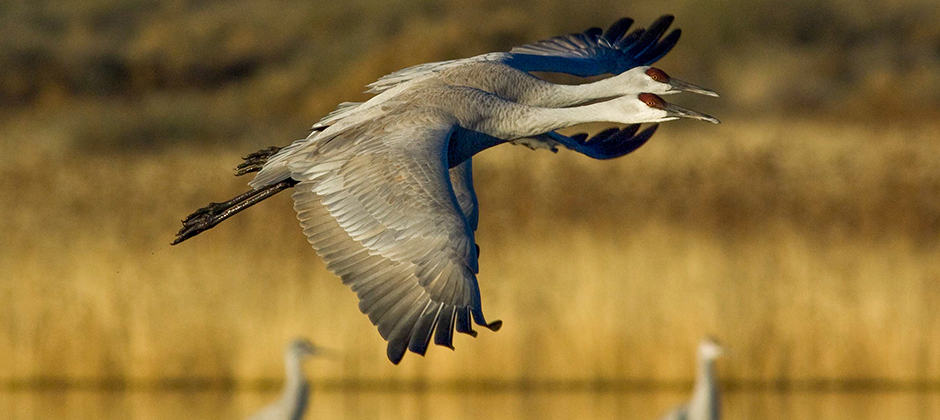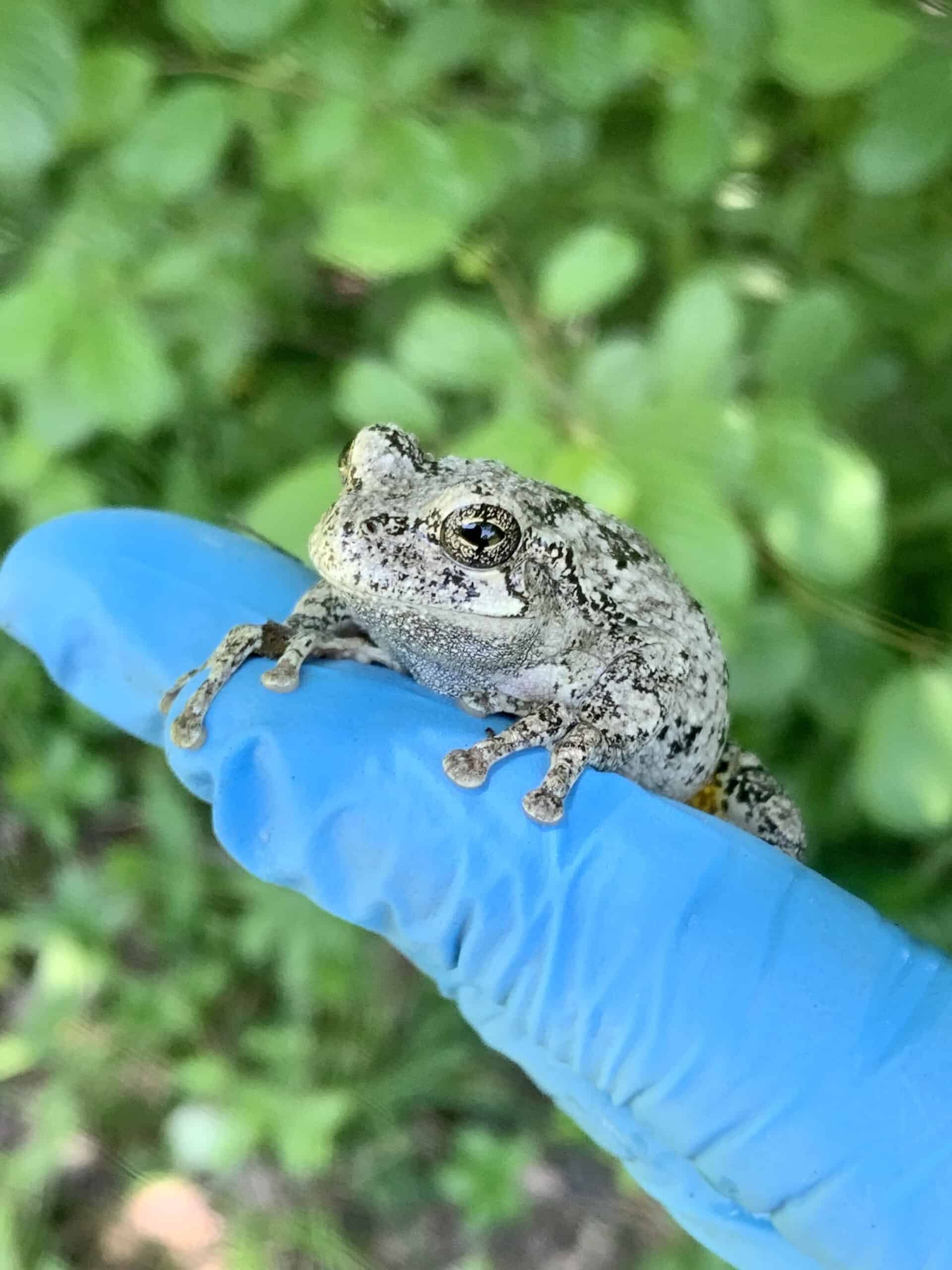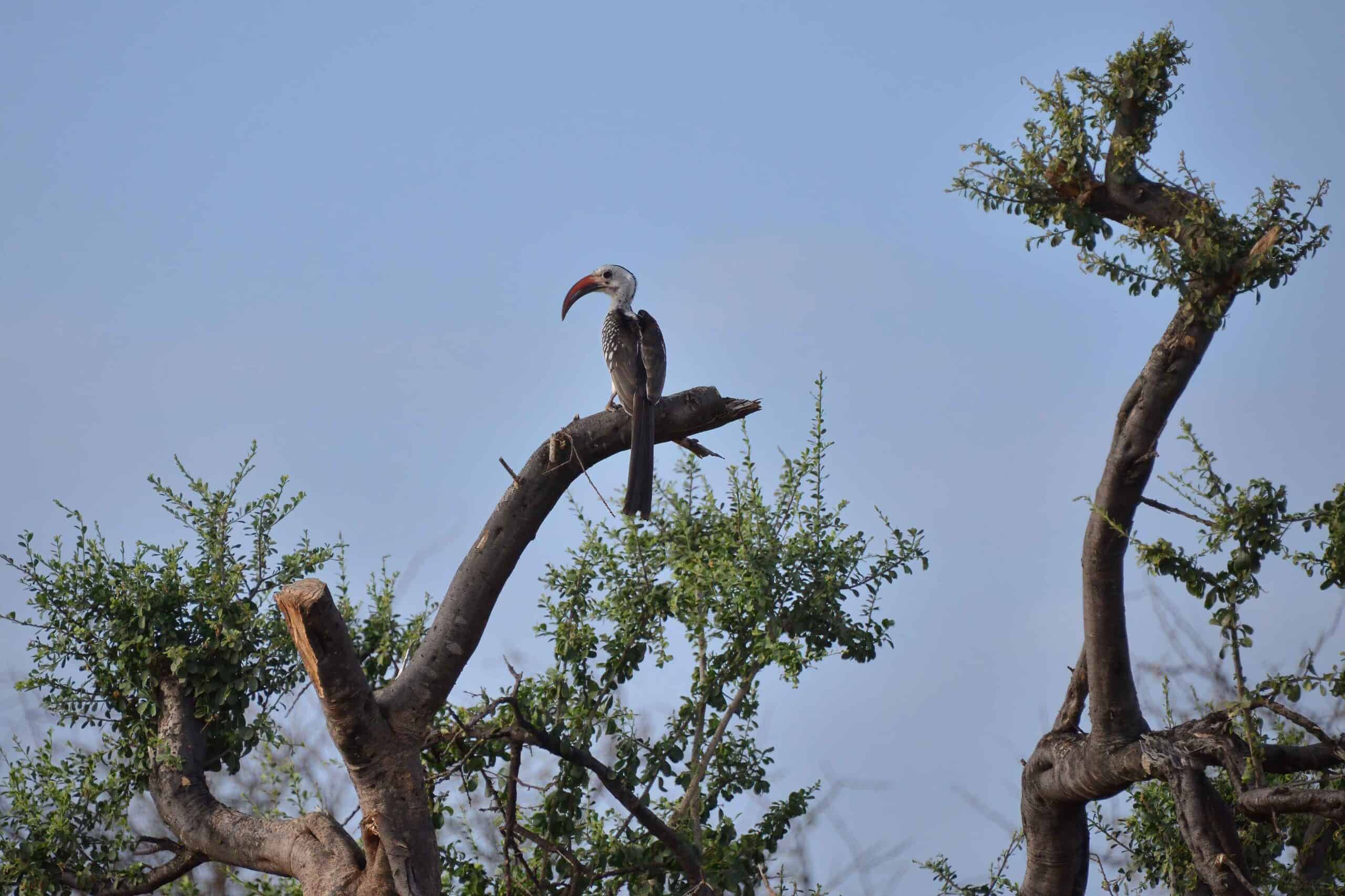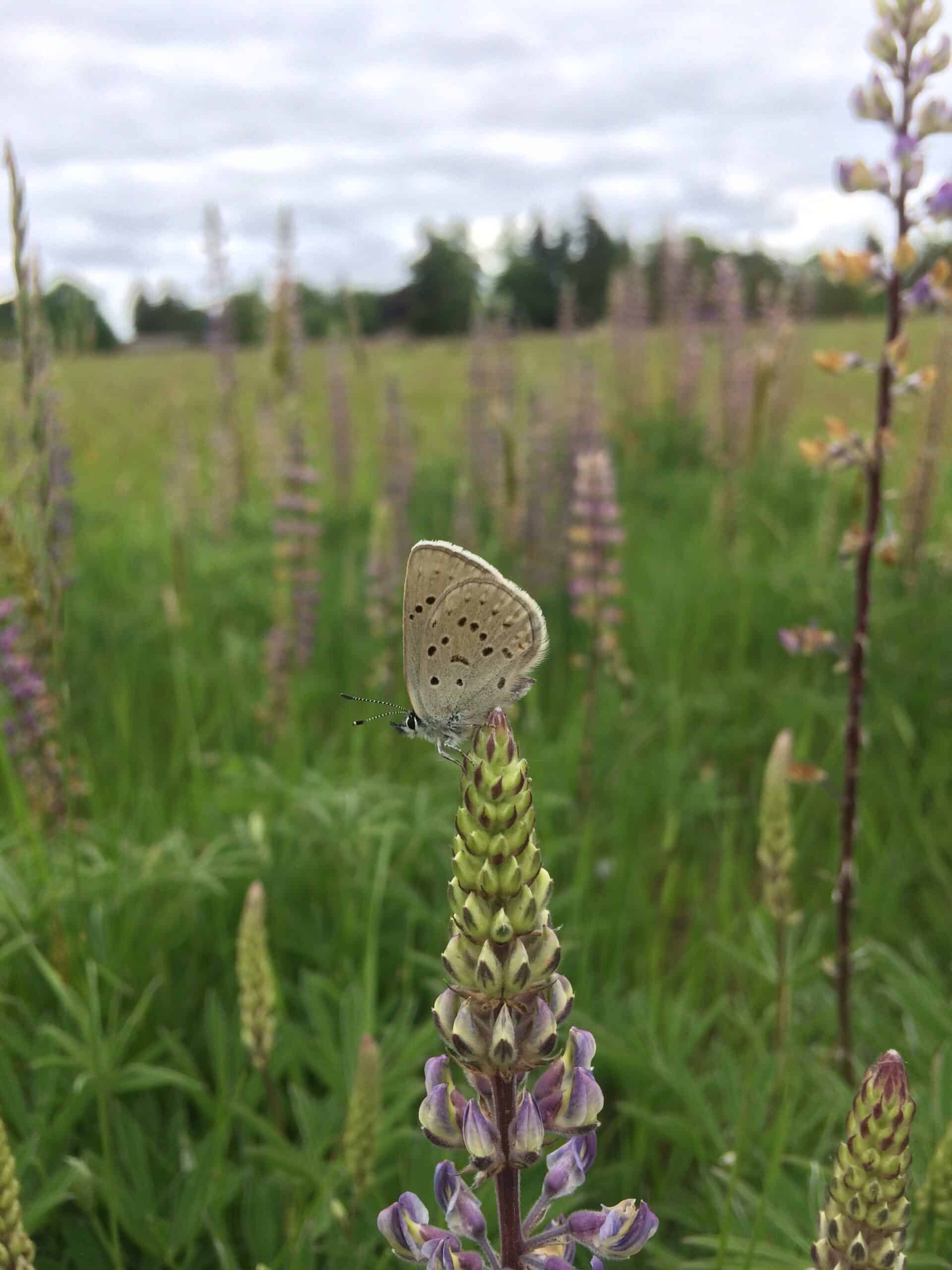Share this article
Prime bird areas in the Great Lakes lack protection
Many prime areas for birds in the Great Lakes region of the United States lack protection, according to new research.
The northern shore of Lake Michigan is particularly rich in marsh bird biodiversity.
“There are a lot of high priority wetlands that need to be protected,” said Joanna Grand, a senior spatial ecologist with the National Audubon Society and lead author of a study published in Biological Conservation.
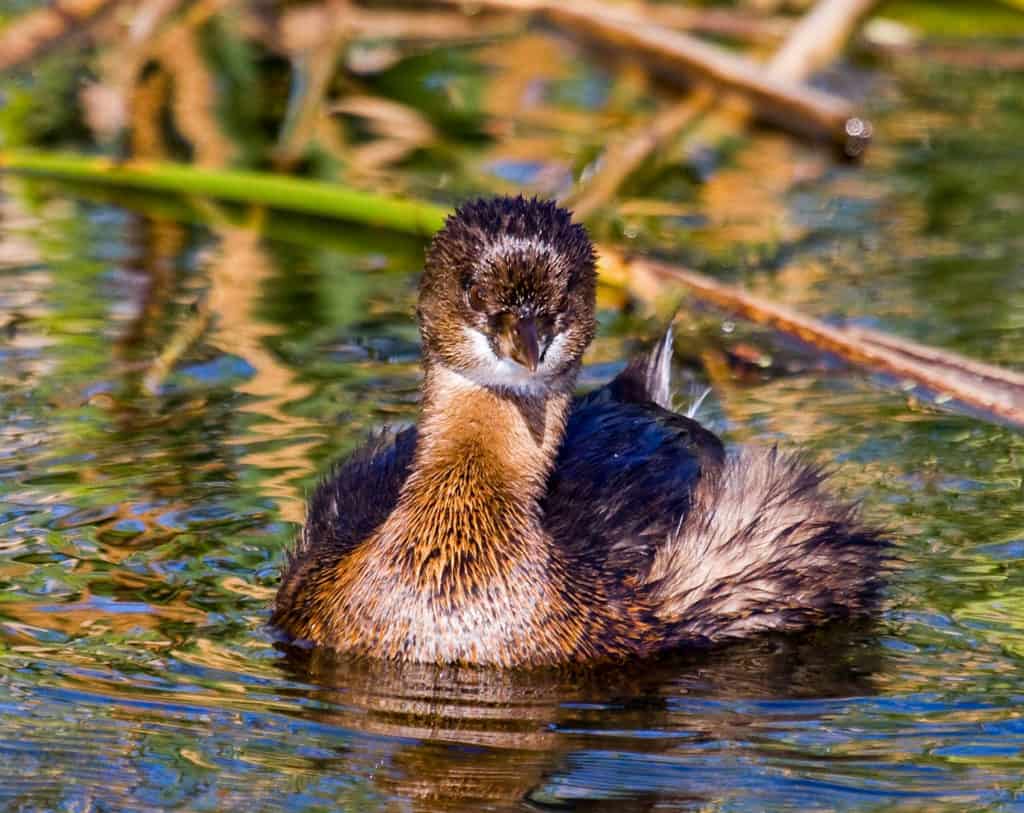
A pied-billed Grebe. Credit: Mark Eden
Grand and her co-authors used the findings to encourage the U.S. Environmental Protection Agency to consider coastal wetland habitats for marsh birds as a top priority in the Great Lakes Restoration Initiative Action Plan III, which strategically targets restoration and implementation efforts in the region. They developed a system to determine some of the most important marsh bird areas.
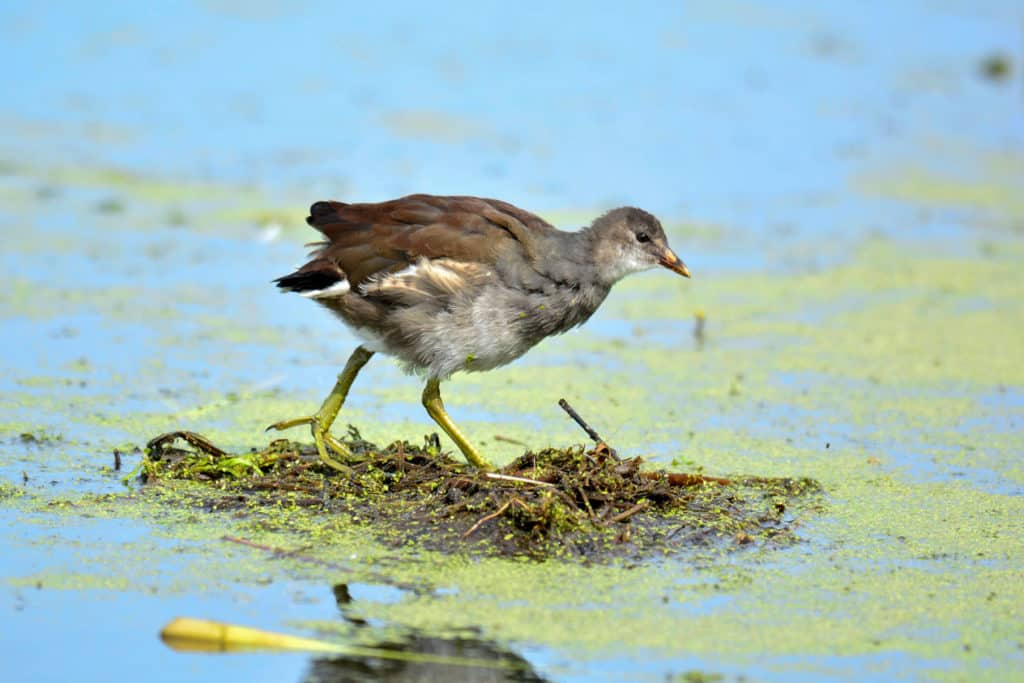
A common gallinule. Credit: Lynn Cleveland
The team analyzed bird sighting data taken from the Great Lakes Coastal Wetland Monitoring Program and worked to characterize the types of landscapes where 14 species of marsh birds were typically found, including agricultural areas, developed areas and open water. They used this data to build models that would predict the best areas for marsh birds across the landscape for these 14 species, including least bitterns (Ixobrychus exilis), sandhill cranes (Grus canadensis), marsh wrens (Cistothorus palustris), black-crowned night herons (Nycticorax nycticorax), common gallinules (Gallinula galeata), pied-billed grebes (Podilymbus podiceps) and osprey (Pandion haliaetus). They then combined the 14 models into a priority rank for all coastal wetlands.
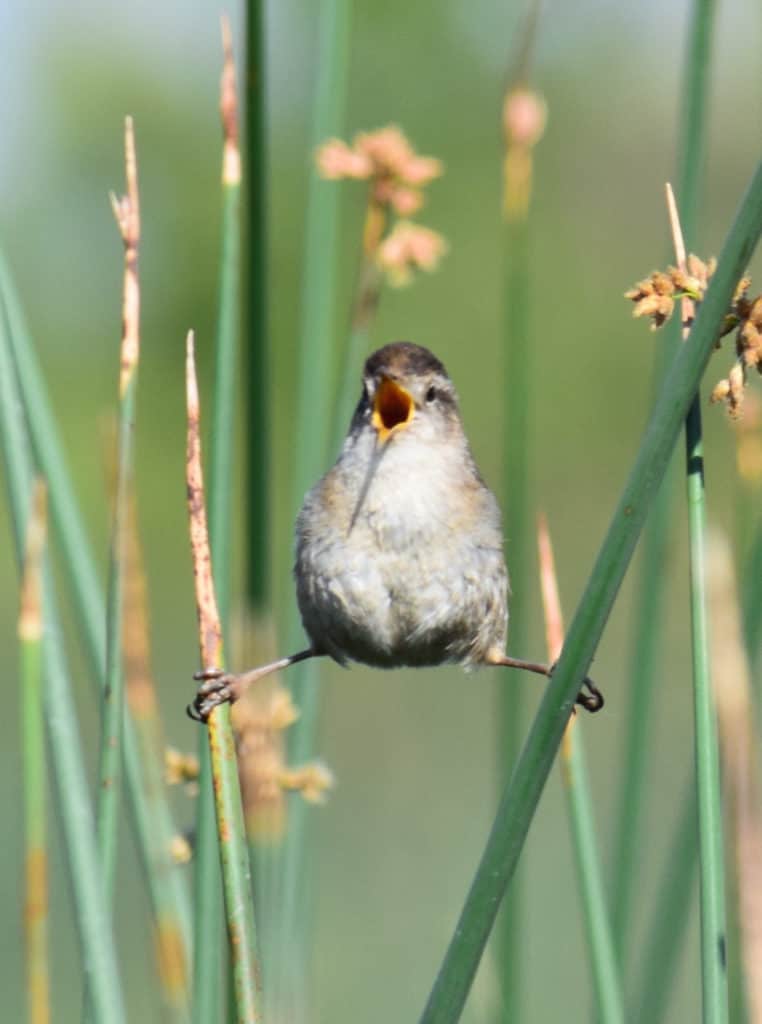
A marsh wren. Credit: David Greenhalgh
The researchers examined which areas were already protected. Lake Superior had the most protections for top-ranked conservation areas, they found. Even urbanized areas in Detroit and Green Bay, Wisconsin, had some very high-value wetlands.
Lake Ontario, on the other hand, had the largest amount of high priority wetlands and most were unprotected.
The work has succeeded at getting the EPA to consider marsh bird habitats when approving projects, Grand said. But the models also indicated which areas should be prioritized for future protection and conservation action.
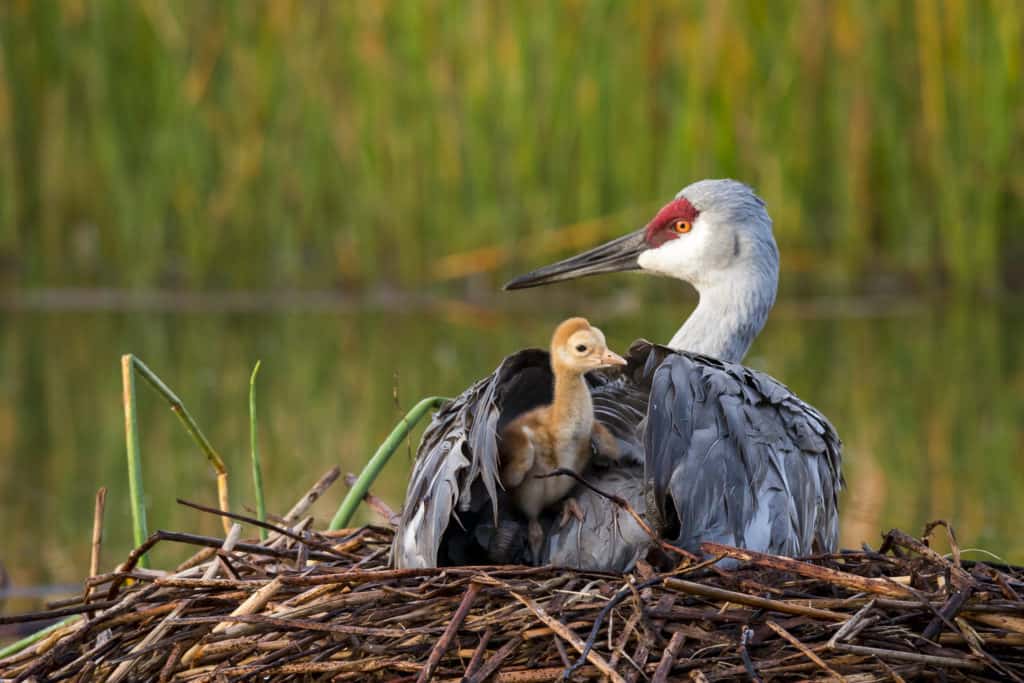
A sandhill crane with its chick. Credit: Mary Lundeberg
Future research could expand the species examined from these 14 marsh bird species to include other birds, or amphibians and plants, to further pinpoint highly biodiverse habitats, Grand said. Protection and restoration of important coastal wetlands for marsh birds will also provide substantial benefits to coastal communities with high exposure to sea level rise, as healthy wetlands mitigate flooding, storm surge and coastal erosion.
Header Image: A sandhill crane takes off over a pond. Credit: Gary Kachadurian



